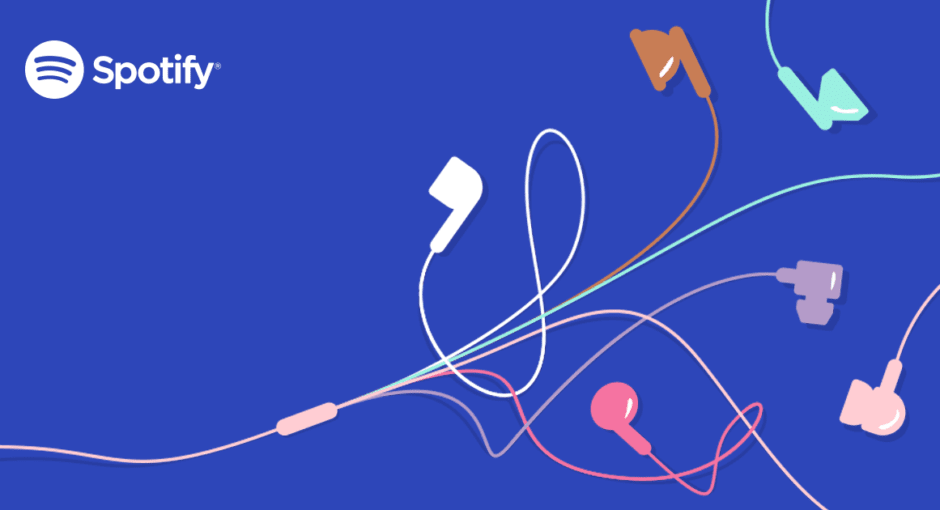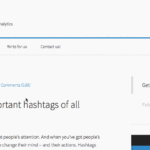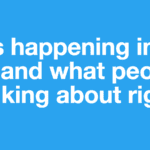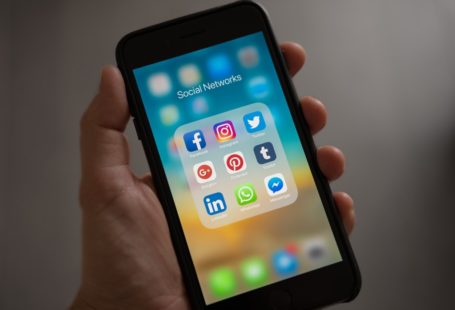Allow me to open with a confession: until recently, I’d abandoned Spotify. My once beloved music streaming service had morphed into a slow-loading, ad-saturated, bug-ridden hydra. But, thank God, after a year of presiding over the most bloated and over-rated music streaming app in the business (in a very competitive market for that kind of thing) Spotify are finally getting their act together and restoring the service to its former glory: a stunning digital amphitheatre for music lovers and brands alike.
Since 2014, the range of marketing opportunities Spotify presents to brands has widened dramatically and the platform should now be firmly back on every digital marketer’s radar. The platform boasts 60 million active users who each, on average, spend 148 minutes of every day tuning in. Of course, marketers can only reach the ‘freemium’ users — but they account for 80% of Spotify anyhow, giving you a market of 48 million active users to play with. So, how do you get these guys engaging with your brand and campaigns?
1. Social Playlists
Savvy marketers have been using Spotify’s playlist feature for a few years now but it still baffles me that the majority have yet to give it a proper go. It’s a great way to associate brands with the artists that their target audience love, inspiring familiarity, likeability and, most importantly, trust. Once you’ve created and verified your brand profile, simply mobilize your profiling and audience research to compile and share a playlist that resonates with your target demographic. If the digital mixtape hits the sweet spot with your audience, you’ll have people following both the playlist and your profile; a mini-community of engaged users who are using your brand as a conduit to access their favourite music.
Spotify is heavily integrated with both Facebook and Twitter, offering myriad possibilities for cross-platform campaigns and user-generated exposure. Make your playlists customizable, incentivizing user interaction, remixing and sharing through the social status points they’ll win by showing off ‘their’ playlist to friends.
The best part? It’s doesn’t cost a penny. If you’re marketing on a shoestring, Spotify playlists represent excellent potential for zero outlay. Just remember to label your playlist accurately and keep it updated — once a user follows your playlist, they’ll receive a notification every time you add a new track.
2. Targeted Playlists
Spotify’s banner ads are about to get a lot smarter. Since buying out music data company Echo Nest in March 2014, Spotify have been analyzing their data banks to improve both user and brand experience. The recently unveiled Playlist Targeting is the most intriguing of the new features to emerge from the Echo merger, giving brands the chance to factor user moods, needs and activities into their cross-device sponsored content.
This means we can now take advantage of relatively sophisticated audience segmentation, using the names of user-generated and Spotify-curated playlists, like ‘Workout’ or ‘Dinner Party,’ to target messages based on user activity.
3. Video Takeovers & Sponsored Sessions
Spotify launched these features in September 2014 in an effort to solve the problem of users being annoyed by adverts interrupting their music. Sponsored Sessions give users the option of watching a 15–30 second brand-sponsored video spot, in return for 30 minutes of uninterrupted music.
The feature attempts to shift user psychology: rather than your ad being seen as an unwelcome hindrance, the idea is to frame adverts as being part of a reward system.
Brands can also integrate video ads, or ‘Video Takeovers’, into Spotify’s conventional ad breaks. These videos play automatically within the Spotify UI, giving brands the chance to enrich their content beyond the restrictions of audio.
4. Sequential Messaging
Spotify understand that context and relevance are key factors for advertisers marketing on their platform and are now offering exciting possibilities within the realm of sequential messaging. Adverts can now be tailored to specific moments in a user’s daily routine and could theoretically be linked to tell a larger targeted brand story, across devices, stretched out across the whole day.
“Let’s say in the morning users fire up Spotify while they’re taking a run, we know they’re listening for this amount of time on this device with these playlists around these activities,” Spotify ad boss Brian Benedik says. “Then in the office they use the Spotify desktop app, and then when they go home, they’re picking up on mobile again. Brands who like to do some cool storytelling are able now to tell some interesting sequential stories across the day. Perhaps users get a piece of creative from Coca-Cola in the morning on a mobile device and a different piece of creative in the afternoon on desktop, then perhaps there’s a third piece of creative from Coca-Cola at the end of the day, but all of it is related to sequentially tell a story.”
Nifty. Now you’ve heard the benefits and are aware of the opportunities Spotify presents brands, will you be incorporating the music streaming service into your marketing strategy? If not, why not? What puts you off?
Let us know in the comments below.
Interested in knowing more about Dark Social & Analytics?
[su_button url="https://getsocial.io" target="_blank" style="flat" background="#21D2B5" color="#ffffff" size="7" wide="no" center="yes" radius="auto" icon="" icon_color="#FFFFFF" text_shadow="none" desc="" onclick="" rel="" title="" id="" class=""]SIGN UP FOR FREE[/su_button]





